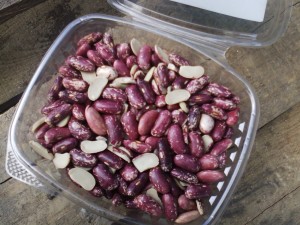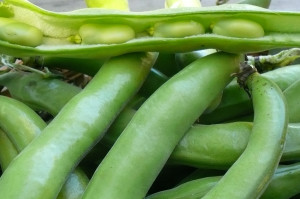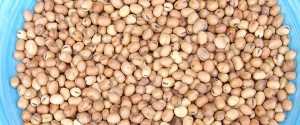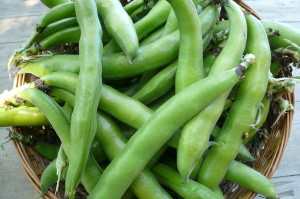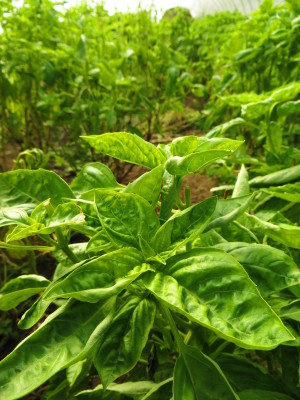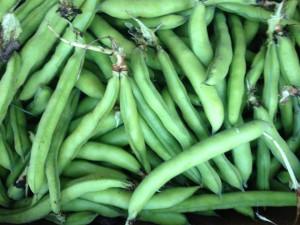You can use pretty much any bean you want in this recipe. Seriously. I recently did a combo of Nash’s dried fava beans, black beans and the last of my dried scarlet runner beans from the garden last year. Any combo of beans (or lentils!) will work great for this recipe, so use up the little bits of this and that in your pantry and get dippin’!
5 cups cooked beans, drained
1/3 cup Walla Walla onions or red onions, roughly chopped
1 cup fresh cilantro, roughly chopped
1/2 cup salsa, or fresh or canned tomatoes
3 cloves garlic, chopped
3 teaspoons toasted cumin seeds, or ground cumin, or chili powder
3 tablespoons apple cider vinegar
3 tablespoons Bragg’s Liquid Aminos or tamari soy sauce
2 tablespoons olive oil
Combine everything in a food processor or blender and whirl it up! Thin with a splash of water or more olive oil as needed. Serve immediately, or store in the fridge for up to 5 days or so. This dip is great with raw veggies, pitas, chips, burritos or as a side with rice and a green salad. Yum!
Have you tried this recipe? Tell us how it turned out!

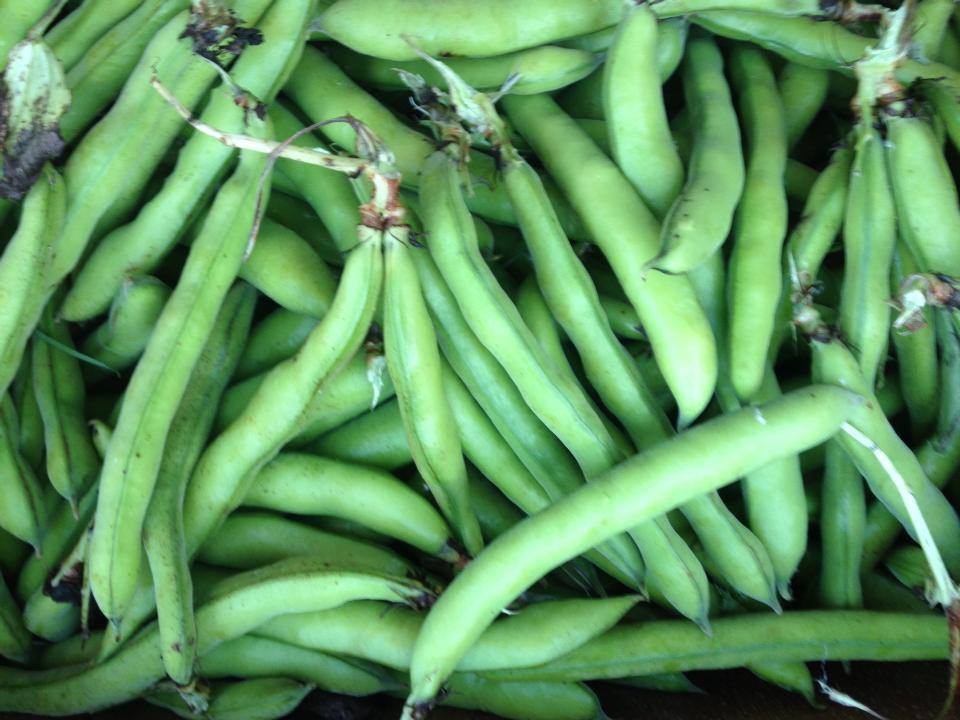 How do you use fresh fava beans? That’s one of our most commonly asked questions at farmer’s markets. Discover the delicious world of favas here, with these inspiring tips and recipes.
How do you use fresh fava beans? That’s one of our most commonly asked questions at farmer’s markets. Discover the delicious world of favas here, with these inspiring tips and recipes.